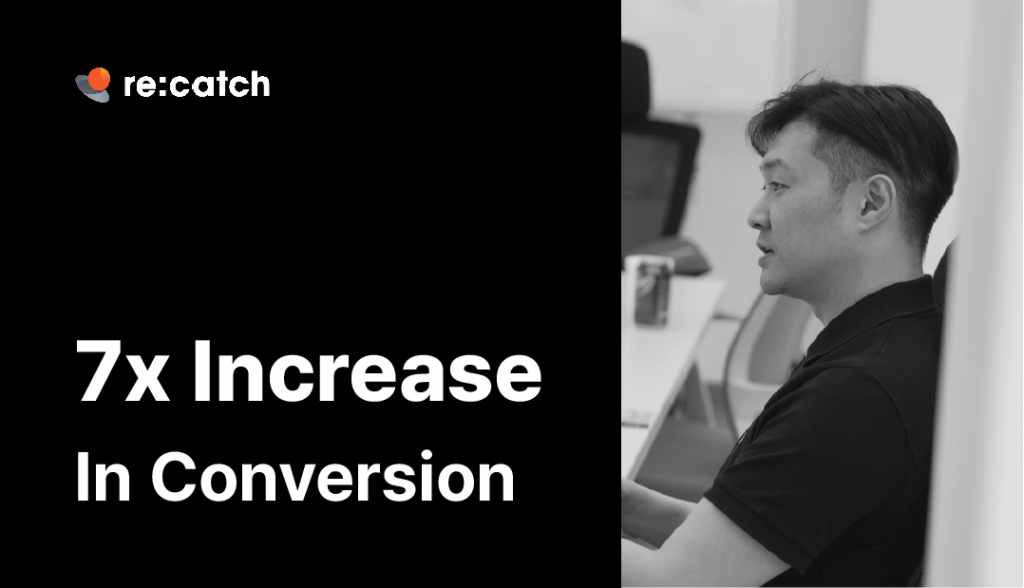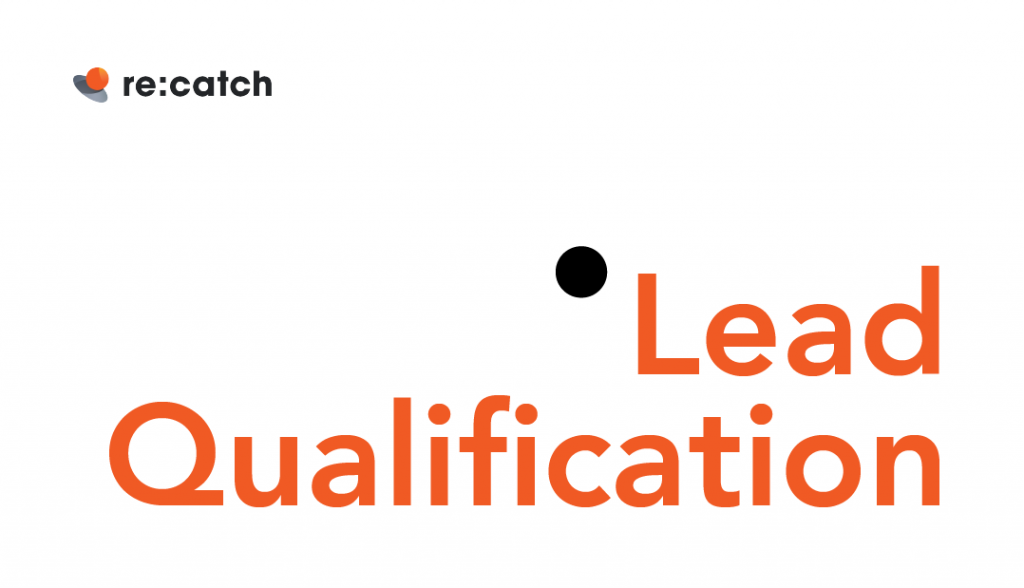Kick-starting Your First Sales Team: Building a Strong Foundation for Your B2B SaaS Business
If you are starting or running a B2B SaaS business, regardless of the stage or the size of the business, one thing is clear: you need a sales team. After all, B2B SaaS products thrive on sales growth, making the first sales team indispensable from the start. But what exactly is the minimum first sales team you need to get your business off the ground? In this article, we will delve into the importance of building the first sales team for B2B SaaS companies and highlight the key roles necessary to establish a strong foundation.
Specifically, we will focus on the essential roles of Account Executives (AEs) and Sales Development Representatives (SDRs), who play vital roles in driving revenue and fueling your company’s growth. So, let’s dive in and explore the fundamental elements of the first B2B SaaS sales team.
Sales Development Representatives
Sales Development Representatives (SDRs) play a crucial role in the B2B SaaS sales process. As the initial point of contact with potential customers, SDRs are responsible for lead generation, initial outreach, lead routing, and appointment setting. They diligently identify and engage with potential customers, utilizing their skills to conduct thorough research and understand customer needs. By effectively qualifying leads and setting up appointments for Account Executives (AEs), SDRs contribute to streamlining the sales process and maximizing the efficiency of the first sales team.
Using a variety of communication channels such as phone calls, emails, and social media, SDRs initiate meaningful sales calls and conversations and create a pipeline of qualified prospects. Their role is instrumental in building a strong foundation for the first sales team, ensuring a steady flow of qualified prospects and setting the stage for successful sales conversions. With their expertise in lead generation and qualification, SDRs serve as a vital link between marketing efforts and the sales team, driving growth and revenue for the B2B SaaS company.
Often, B2B SaaS companies choose to use tools like Re:catch to help automate lead routing and scheduling calls for AEs. If you aren’t able to hire additional SDRs for the first sales team, utilizing such tools will help you save a lot of cost!
Account Executives
Having SDRs is crucial but doesn’t complete the first sales team. You need Account Executives (AEs) who are designed to contribute to revenue growth and build strong customer relationships. As the front line of the sales process, AEs are responsible for prospecting and identifying potential clients, qualifying leads, conducting product demonstrations, negotiating contracts, and ultimately closing deals. They possess in-depth knowledge of the product or service and are skilled in effectively communicating its value proposition to potential customers.
AEs should be adept at navigating complex buying processes, collaborating with key stakeholders, and negotiating contracts that align with both the customer’s requirements and the company’s goals. Their role extends beyond closing deals, as they are responsible for cultivating customer relationships, ensuring customer satisfaction, and identifying opportunities for upselling and cross-selling.
Having skilled AEs in your B2B SaaS sales team is vital for achieving sustainable revenue growth. They not only drive sales but also serve as brand ambassadors, building long-term partnerships and fostering customer loyalty. Their expertise, industry knowledge, and ability to deliver results make them invaluable assets to the sales team and the overall success of the business.
How your SDRs and AEs can collaborate effectively
These two roles – SDRs and AEs, though distinct, form a symbiotic relationship that drives the sales process and helps achieve revenue goals.
AEs and SDRs must establish open lines of communication to exchange valuable insights and information about prospects. Regular meetings provide an opportunity to discuss lead quality, lead progress, and customer feedback. This allows AEs to customize their sales approach and provide tailored solutions that address specific customer pain points.
SDRs are responsible for filling the top of the funnel by generating leads through various prospecting techniques and outreach efforts. They identify potential customers, initiate the first contact, and qualify leads based on predetermined criteria. AEs then take over and continue nurturing these qualified leads, guiding them through the subsequent stages of the funnel.
By collaborating effectively, AEs and SDRs maximize the efficiency of the sales process. AEs benefit from the groundwork laid by SDRs in generating leads and qualifying prospects, allowing them to focus on closing deals and driving revenue. The collaboration helps create a seamless handoff of leads, reducing friction in the sales pipeline and ensuring a positive customer experience.
How you can set KPIs for your first sales team
Setting Key Performance Indicators (KPIs) for your first B2B SaaS sales team is essential to track progress and ensure the team is meeting its objectives. In the context of specific sales teams within a B2B SaaS organization, it is important to establish KPIs that align with the goals of each role.
For Account Executives (AEs), KPIs could include metrics such as conversion rate, which measures the percentage of qualified leads that turn into paying customers, and closing rate, which tracks the percentage of deals successfully closed.
Other important KPIs for AEs may involve recurring revenue metrics like Annual Recurring Revenue (ARR) or Monthly Recurring Revenue (MRR), which reflect the long-term value generated from customer subscriptions. On the other hand, Sales Development Representatives (SDRs) may focus on metrics like the number of qualified leads generated or the appointment setting rate. By integrating these specific KPIs into the overall sales strategy, organizations can effectively monitor and optimize their sales funnel, drive performance, and achieve their revenue goals.
Start building your first sales team to drive up SaaS revenue
Building a successful B2B SaaS sales team requires careful consideration of the roles necessary for your business. The collaboration between AEs and SDRs, along with the establishment of clear KPIs, sets the foundation for a high-performing sales team. By leveraging the unique strengths of each role and fostering effective communication, B2B SaaS companies can drive revenue growth, build strong customer relationships, and achieve long-term success in a competitive market.







